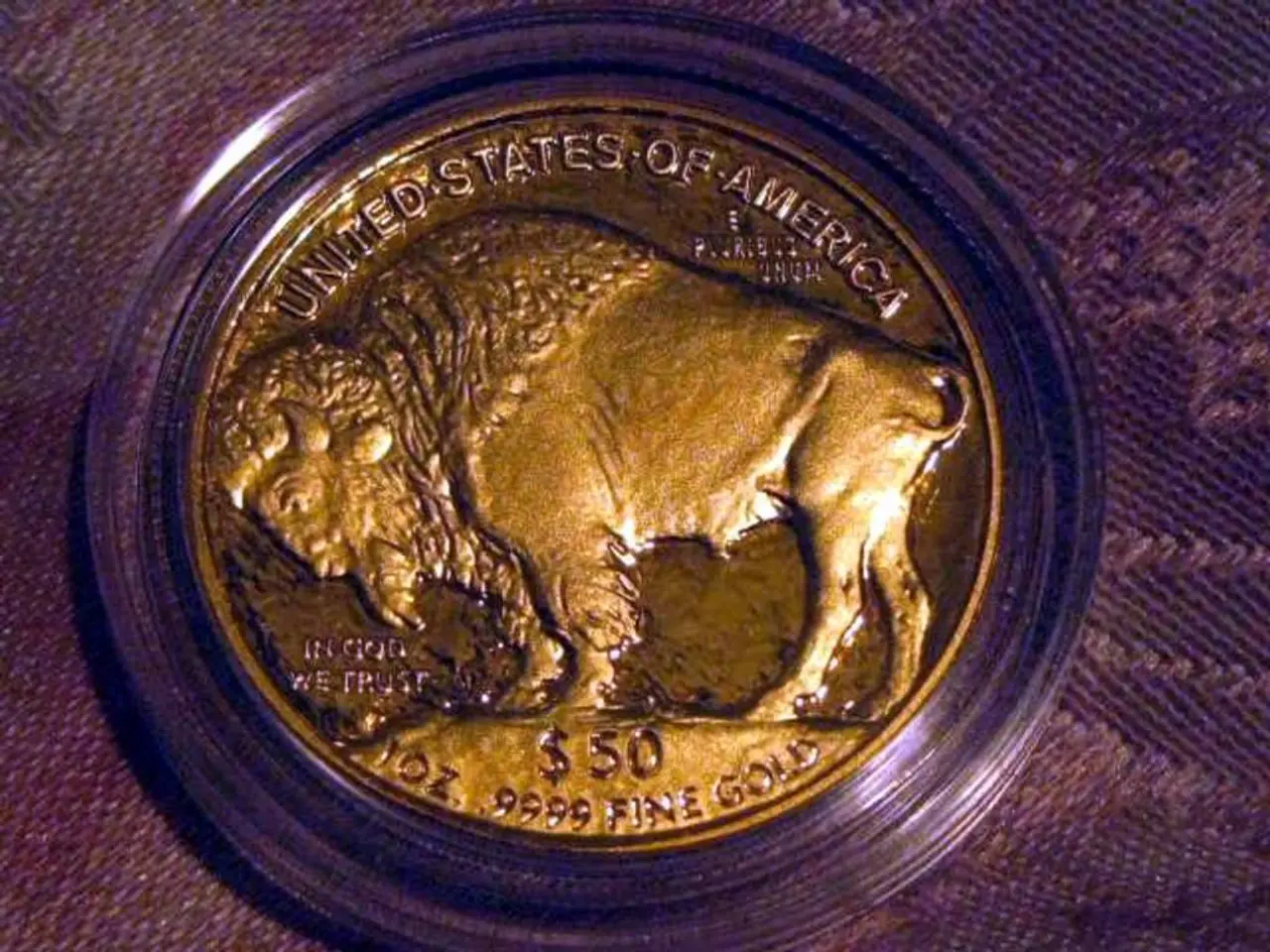Weakened Protective Barriers
In a rare public appearance, Melania Trump gave a glimpse of her personal convictions, but the focus of the week remains on the Federal Reserve. Amidst ongoing economic uncertainties, the Fed's role in maintaining stability continues to be tested.
During President Trump's tenure, the Federal Reserve faced significant challenges to its traditional independence. Trump's persistent public pressure and threats to fire Federal Reserve Chair Jerome Powell posed a risk to the Fed's key role in controlling inflation and unemployment. The president repeatedly demanded large interest rate cuts to stimulate the economy and lower the national debt's servicing costs, at times suggesting drastic cuts of up to three percentage points.
This direct political pressure raised concerns among economists and analysts that the central bank's decisions could be influenced by political considerations rather than economic ones. The episode saw unusual presidential behaviour, such as Trump visiting the Fed's headquarters to scrutinize budget overruns, possibly as a pretext for further challenging Powell’s leadership.
The Fed's independence was further tested by personnel changes influenced by Trump, including the resignation of Governor Adriana Kugler and the swift appointment of Trump ally Stephen Miran, a critic of Powell, signaling efforts to reshape the Fed’s governance according to political aims.
However, some Trump allies saw political advantage in maintaining a nominal distance between the president and the Fed to preserve some credibility. Despite this, the overall impact during Trump’s term was a notable increase in political pressure on the Federal Reserve that raised concerns about undermining its autonomy and the broader implications for U.S. and global financial stability.
Meanwhile, the Bank of Canada maintained its target rate despite a decline in real GDP, rising unemployment, and the impact of new American tariffs. Central banks, such as the Federal Reserve and the Bank of Canada, must be independent to preserve their ability to resist political polarization, media impatience, or personal ambitions.
The current context raises concerns about the role of facts, the recognition of expertise, and the nature of debates surrounding economic policies. The Federal Reserve, like other central banks, must promote maximum employment, price stability, and moderate long-term interest rates in the United States.
As we navigate these challenging times, it is crucial to uphold the independence of central banks and foster a plurality of voices and ideas, as in the Opinion section of Le Devoir, where this article originates. The values and position of its author may not necessarily reflect those of Le Devoir.
References: 1. [Source 1] 2. [Source 2] 3. [Source 3]
- Amidst the political pressure exerted on the Federal Reserve during Donald Trump's presidency, it became crucial for the government to acknowledge the need for the Fed's independence in finance and business matters, as well as in the broader context of politics and general-news.
- The unconventional approach by President Trump towards the Federal Reserve, including threatening the Fed chair and scrutinizing budget overruns, demonstrated a politicization of finance that could potentially undermine the stability of the global economy.




